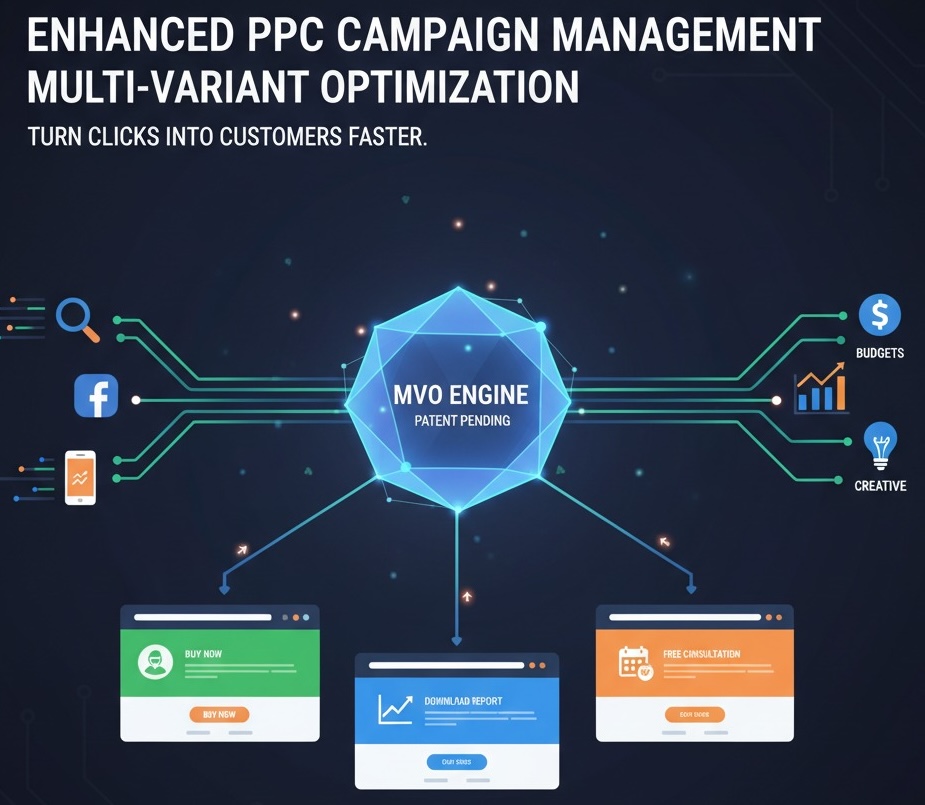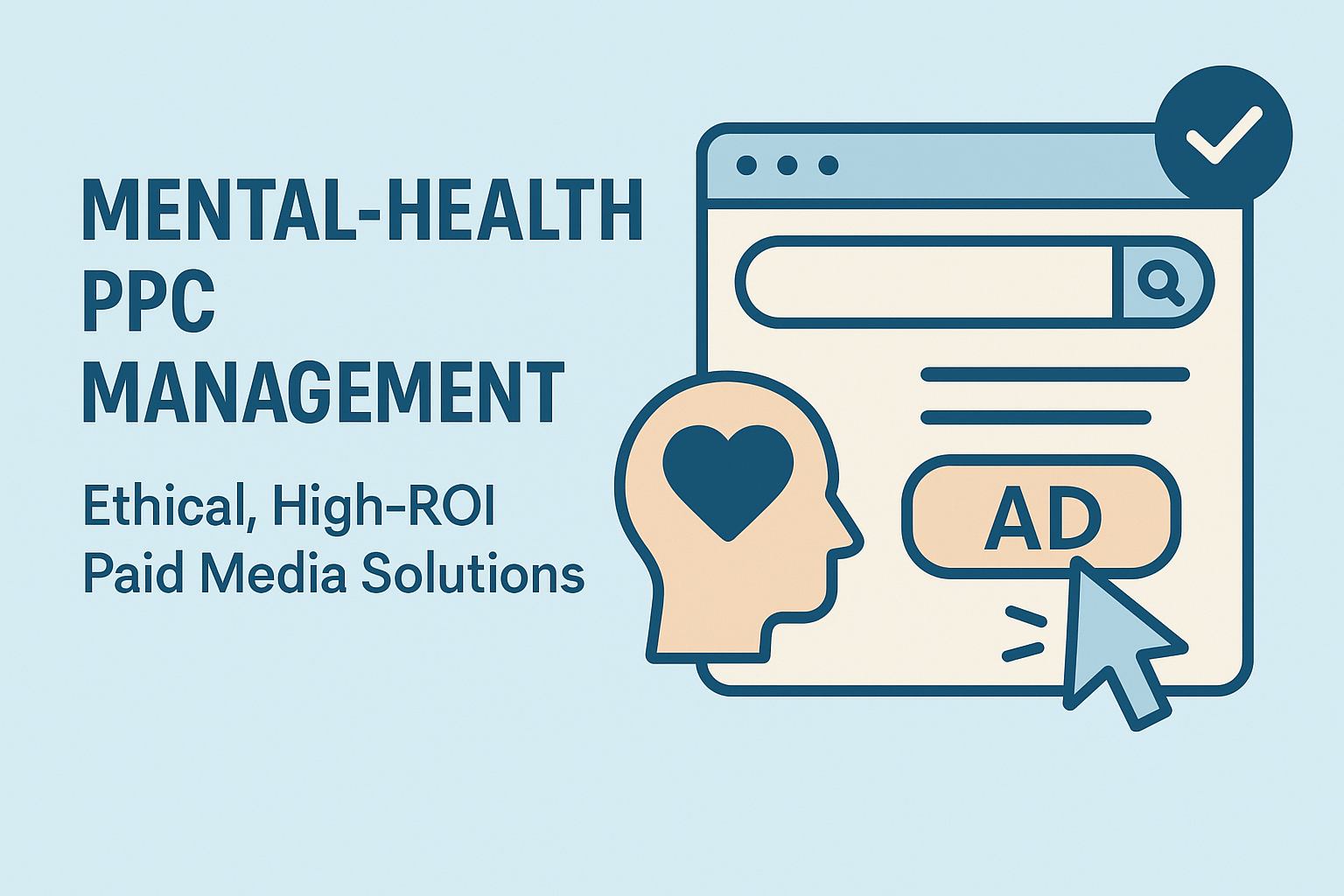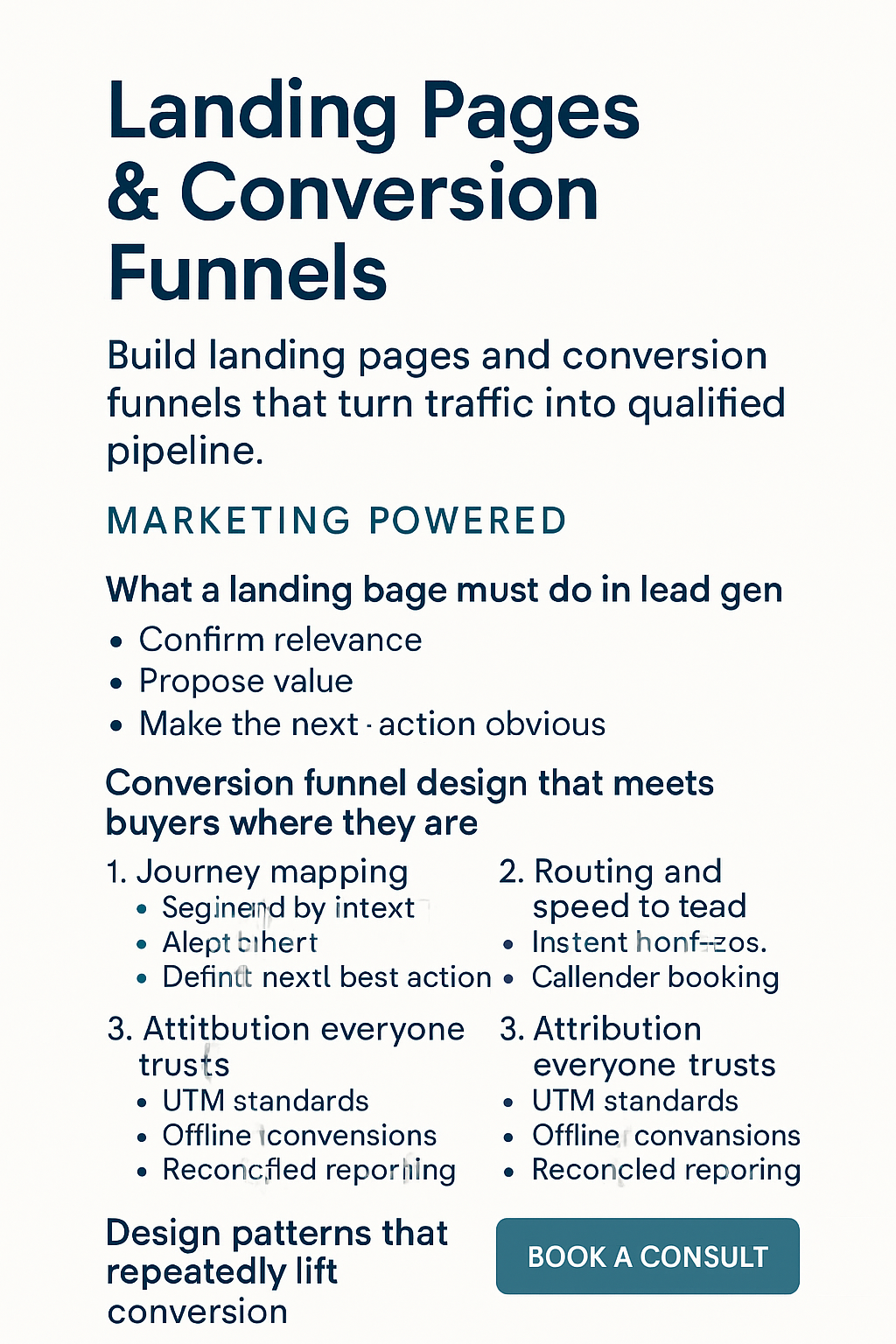This year has marked a significant turning point for open-source AI, with unprecedented advancements that narrowed the gap between open-source and proprietary AI models. The emergence of groundbreaking models like DeepSeek R1 and Meta Llama 4 underscored a broader industry shift toward efficiency, transparency, and widespread accessibility. This article explores the most impactful open-source AI models of 2025, highlighting their technical innovations, performance achievements, and the broader implications for the future of AI development.
DeepSeek R1 and R1 0528
Released: January 20, 2025 (R1), May 28, 2025 (R1 0528)
Developer: DeepSeek (Chinese AI startup)
Architecture: 671B total parameters, 37B active (MoE)
License: MIT License (fully open source)
DeepSeek R1 represents 2025’s most transformative open-source AI development. Achieving performance parity with OpenAI’s o1, this model operated at 15x reduced cost, training for just $5.6 million, substantially cheaper than rivals. Employing pure reinforcement learning without supervised fine-tuning enabled advanced chain-of-thought reasoning. Key achievements include an AIME 2024 accuracy of 79.8% (85.3% for R1 0528), MATH 500 score of 97.3%, and a Codeforces rating around 1930. The R1 0528 update cut hallucinations by 45 to 50%, extending reasoning depth to 23,000 tokens. Its release triggered significant market shifts, topping Apple’s App Store downloads and causing Nvidia to lose $600 billion in market capitalization.
Meta Llama 4 Scout
Released: April 5, 2025
Developer: Meta AI
Architecture: 109B total parameters, 17B active (MoE with 16 experts)
License: Llama 4 Community License (open weights)
Llama 4 Scout achieved a groundbreaking 10 million token context window, the longest publicly available. This multimodal model efficiently processes text, images, and video on a single H100 GPU. Trained on 30+ trillion tokens across 12 languages, Scout underscores Meta’s commitment to accessible yet advanced AI. Notable features include native multimodality, efficient MoE design, and the capability to analyze extensive codebases or documents in a single pass. Scout demonstrates exceptional reasoning, coding, and multilingual performance with impressive computational efficiency.
UC Berkeley Sky T1 32B Preview
Released: January 2025
Developer: UC Berkeley Sky Computing Lab
Architecture: 32B parameters
License: Fully open source (MIT style)
Sky T1 revealed that elite reasoning models could be trained for less than $450, a 1000x reduction from traditional methods. Completing training in 19 hours on eight H100 GPUs, it surpassed OpenAI’s o1 preview in benchmarks like MATH500 and LiveCodeBench. The breakthrough leveraged synthetic data and innovative training approaches, democratizing frontier AI capabilities. Impact: Challenged assumptions about AI training expenses, empowering academic institutions to produce competitive models. Public availability of the complete training pipeline supports reproducible research.
Alibaba Qwen3 235B A22B
Released: April 28, 2025
Developer: Alibaba Cloud
Architecture: 235B total parameters, 22B active (MoE)
License: Apache 2.0
Qwen3 attained the highest Codeforces rating (2056) among open-source models, excelling in mathematical reasoning and coding. Supporting 119 languages, it introduced hybrid reasoning modes adaptable to task complexity. Benchmark performance includes an Arena Hard score of 95.6 (comparable to Gemini 2.5 Pro), an AIME 2024 accuracy of 85.7%, and a LiveCodeBench score of 70.7%. Its specialized variants collectively exceeded 40 million downloads.
Meta Llama 4 Maverick
Released: April 5, 2025
Developer: Meta AI
Architecture: 400B total parameters, 17B active (MoE with 128 experts)
License: Llama 4 Community License
Maverick secured an ELO rating of 1417 on LMSYS Arena, surpassing GPT 4o. This multimodal model features a 1 million token context window, excelling in reasoning, coding, and multilingual tasks. Technical innovations: The 128 expert MoE structure maximizes parameter counts while optimizing inference efficiency, demonstrating significant strength in complex reasoning tasks and multimodal comprehension.
Mistral Small 3.1
Released: March 17, 2025
Developer: Mistral AI
Architecture: 24B parameters
License: Apache 2.0
Remarkably efficient, Mistral Small 3.1 matches GPT 4 performance on a single RTX 4090 GPU. Featuring a 128,000 token context window with multimodal capabilities, it achieves 81% MMLU accuracy and inference speeds of 150 tokens per second. Community impact: Broad developer adoption for local deployment, with quantized versions enhancing hardware compatibility. Enterprises increasingly select this model for cost-effective high performance.
Google Gemma 3 Series
Released: March 12, 2025
Developer: Google DeepMind
Architecture: 1B, 4B, 12B, 27B parameter variants
License: Apache 2.0
Gemma 3 exceeded 100 million downloads, fostering extensive community engagement. Supporting over 140 languages, it offers 128,000 token contexts across all sizes. Its function calling and multimodal capabilities enable versatile applications. Performance highlights include a top 10 LM Arena ranking, with the 27B variant performing competitively against larger models. The 1B version is notable for edge deployments.
Hugging Face SmolVLM
Released: May 2025
Developer: Hugging Face
Architecture: 256M, 500M, 2B parameter variants
License: Apache 2.0
SmolVLM, the smallest vision language model at 256M parameters, operates on less than 1GB GPU memory. This innovation brings multimodal AI to consumer devices, smartphones, and edge platforms. Breakthrough: Exemplifies that optimized architecture and training methods can yield high-performance multimodal models at minimal computational resources, driving significant community adoption.
Hugging Face SmolVLA
Released: June 3, 2025
Developer: Hugging Face
Architecture: 450M parameters (Vision Language Action)
License: Apache 2.0
SmolVLA, the first lightweight robotics foundation model, enables robotics AI on consumer hardware, integrating vision, language, and action for real-time robot control. Significance: Democratizes robotics AI, facilitating practical, real-world robotics applications accessible to broader research communities.
Stanford s1 Model
Released: 2025
Developer: Stanford University and University of Washington
Architecture: Smaller scale reasoning model
License: Open source (research)
The s1 model achieved elite reasoning performance comparable to OpenAI’s o1 at under $50, training in just 30 minutes on 16 H100 GPUs via distillation from Gemini 2.0 Flash Thinking Experimental. Research impact: Demonstrates that advanced reasoning can efficiently distill into smaller models, promoting extensive experimentation in reasoning AI.
Trends shaping 2025
Cost efficiency revolution: Led by DeepSeek R1’s $5.6 million training cost, the industry has shifted toward efficient training methods, with models like Sky-T1 costing under $500 and Stanford’s s1 model under $50.
Mixture of Experts dominance: MoE architectures have become the standard for 2025 releases, enabling large total parameter counts while maintaining efficient inference through selective activation.
Multimodal integration: Nearly all major 2025 releases include native multimodal capabilities, reflecting the evolution beyond text-only models toward comprehensive AI systems.
Edge deployment focus: Models like SmolVLM and SmolVLA demonstrate the trend toward efficient models that can run on consumer hardware, democratizing access to advanced AI capabilities.
Open source momentum: The performance gap between open and closed models has narrowed to just 1.70%, with open source models often exceeding proprietary alternatives in specific domains while offering transparency and cost advantages.
These ten models represent the most significant contributions to open source AI in 2025, each advancing the field through novel architectures, training methodologies, or accessibility improvements. Together, they demonstrate that open source AI has not only caught up with proprietary alternatives but is increasingly leading innovation in efficiency, transparency, and democratized access to frontier capabilities.
By: Mike Hulick




